This painting depicts two noblemen at a café. The man sitting down wears the vesta or toga of a state official, while the other wears the normal 1700s velada — overcoat.
The man behind the counter is preparing the coffee.
Source: Gli abiti de veneziani di quasi ogni età con diligenza raccolti e dipinti nel secolo XVIII, by Giovanni Grevembroch (1731–1807), which in four volumes contains over six hundred watercolours of how Venetians dressed in the 1700s.

Nobles at the Café
The Coffee is produced from a Tree of Arabia, which resembles our Apple, with leaves similar to those of the common Chestnut, but whole, larger, and dark green in colour.
There, it is collected, especially in the month of May, on Sheets, gently shaking the Plant, and is then exposed to the Sun again, to dry it completely.
Then, extracted by a blow of large stones, the nut comes out, split in two, like the seed1 of the Laurel. Well cleaned, the rays of Apollo2 dry it completely again, then selecting the peels themselves, particularly the inner ones, with these it becomes the most delightful beverage, which among the Turks is called Coffee of the Sultan. It has been a short time since the Dutch also undertook this cultivation, planting it around Batavia in the East Indies, and then transporting a good quantity to Europe on their Fleets. The French have also introduced it to the West Indies; but it turns out much inferior. In 1715, a large Coffee Plant with flowers and fully ripe fruits was brought from Arabia to Amsterdam, which, once sown, grew and, after six Months, bore perfect fruit. The first to taste it was Walter Raleigh in London, around the middle of the 17th Century.3
Back in Venice in 1683, you could barely find it for sale in just one Shop under the new Procuratie.4 Over time, though, it appeared in almost every Neighbourhood, and there’s no City in Europe, except Constantinople, that consumes more of it. The sirocco wind5 combined with the spirit of conversation made the Café a necessity, taking over from the Malvasia.6 But Chocolate, made from Spices,7 was actually invented in the West Indies, and Christopher Columbus introduced it to the Spaniards. In this Capital, it arrived toward the end of the last century, recommended a remedy by Doctors, and at the present We make it so well, that we no longer need the Foreigners.
Translator’s notes
- In the published version of Gli abiti … by Filippo Editore, it says bocca dell’Alloro — the mouth of the Laurel — but it is in error, as the original says bacca dell’Alloro — the seed of the Laurel — which makes much more sense in a discussion of coffee beans. ↩︎
- The rays of the sun, as Febo means Apollo, who is the Sun God. ↩︎
- This cannot be the usual Sir Walter Raleigh because chronology, but I haven’t been able to find a namesake from the 1600s, which has any relation to the history of coffee. ↩︎
- The famous Café Florian is under the Procuratie Nuovo, but it is later, from 1720, but apparently coffee had a home under the procuratie half a century earlier. ↩︎
- The scirocco is a south-eastern wind. Different winds were thought to have different properties, and also different effects on health and well-being. See also: Bad air will get you sick. ↩︎
- Malvasia was a Greek wine, which was very popular in Venice, as attested by the many street names mentioning it. ↩︎
- The spice traders — the spezier — supplied spices to pharmacies, makes of perfumes, and of course, for cooking. ↩︎
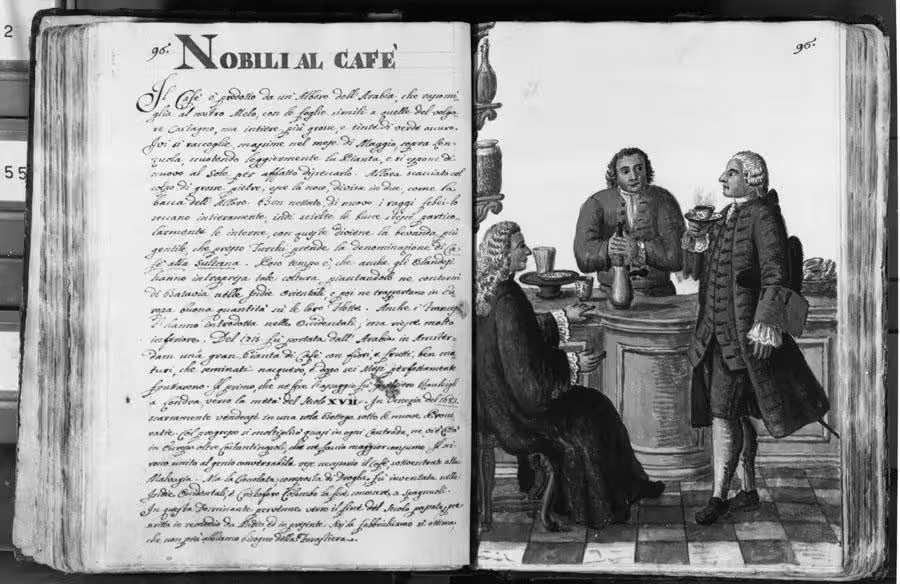
Original Italian text
Nobili al Cafè
Il Cafè è prodotto da un’Albero dell’Arabia, che rassomiglia al nostro Melo, con le foglie simili a quelle del volgare Castagno, ma intiere, più grosse, tinte di verde oscuro.
Ivi si raccoglie, massime nel mese di Maggio, sopra Lenzuola, scuotendo leggiermente la Pianta, e si espone di nuovo al Sole, per affatto disseccarlo.
Allora scacciato col colpo di grosse pietre, esce la noce, divisa in due, come la bacca dell’Alloro. Ben nettato, di nuovo i raggi febei lo seccano intieramente, indi scielte le bucce stesse particolarmente le interne, con queste diviene la bevanda più gentile, che presso Turchi prende la denominazione di Cafè alla Sultana. Poco tempo è, che anche gli Olandesi hanno intrapresa tale coltura, piantandolo ne contorni di Batavia nelle Indie Orientali, e poi ne trasportano in Europa buona quantità sù le loro Flotte. Anche i Francesi l’hanno introdotta nelle Occidentali; ma riesce molto inferiore. Del 1715 fù portata dall’Arabia in Amsterdam una gran Pianta di Cafè, con fiori, e frutti, ben maturi, che seminati nacquero, e dopo sei Mesi perfettamente fruttarono. Il primo che ne fece l’assaggio fù Gualtiero Rauleigh a Londra, verso a metà del Secolo XVII.
In Venezia del 1683 scarsamente vendesi in una sola Bottega sotto le nuove Procuratie. Col progresso si moltiplicò quasi in ogni Contrada, ne vi è Città in Europa oltre Costantinopoli, che ne faccia maggior consumo. Il scirocco unito al genio conversabile rese necessario il Cafè, sottoentrato alla Malvasia. Ma la Cioccolata, composta di Droghe, fù inventata nelle Indie Occidentali, e Cristoforo Colombo la fece conoscere a Spagnuoli. In questa Dominante pervenne verso il fine del Secolo passato, prescritta in remedio da Medici, ed in presente Noi la fabbrichiamo si ottima, che non più abbiamo bisogno della Forastiera.
Grevembroch (1981), vol. 1, p. 96.
Related articles
Bibliography
- Grevembroch, Giovanni. Gli abiti de veneziani di quasi ogni eta con diligenza raccolti e dipinti nel secolo XVIII, orig. c. 1754. Venezia, Filippi Editore, 1981. [more]
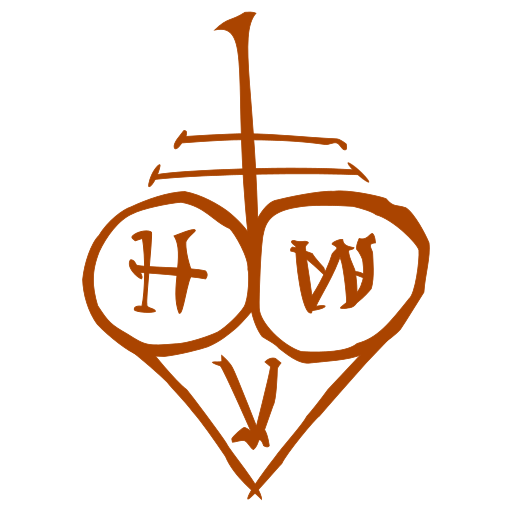

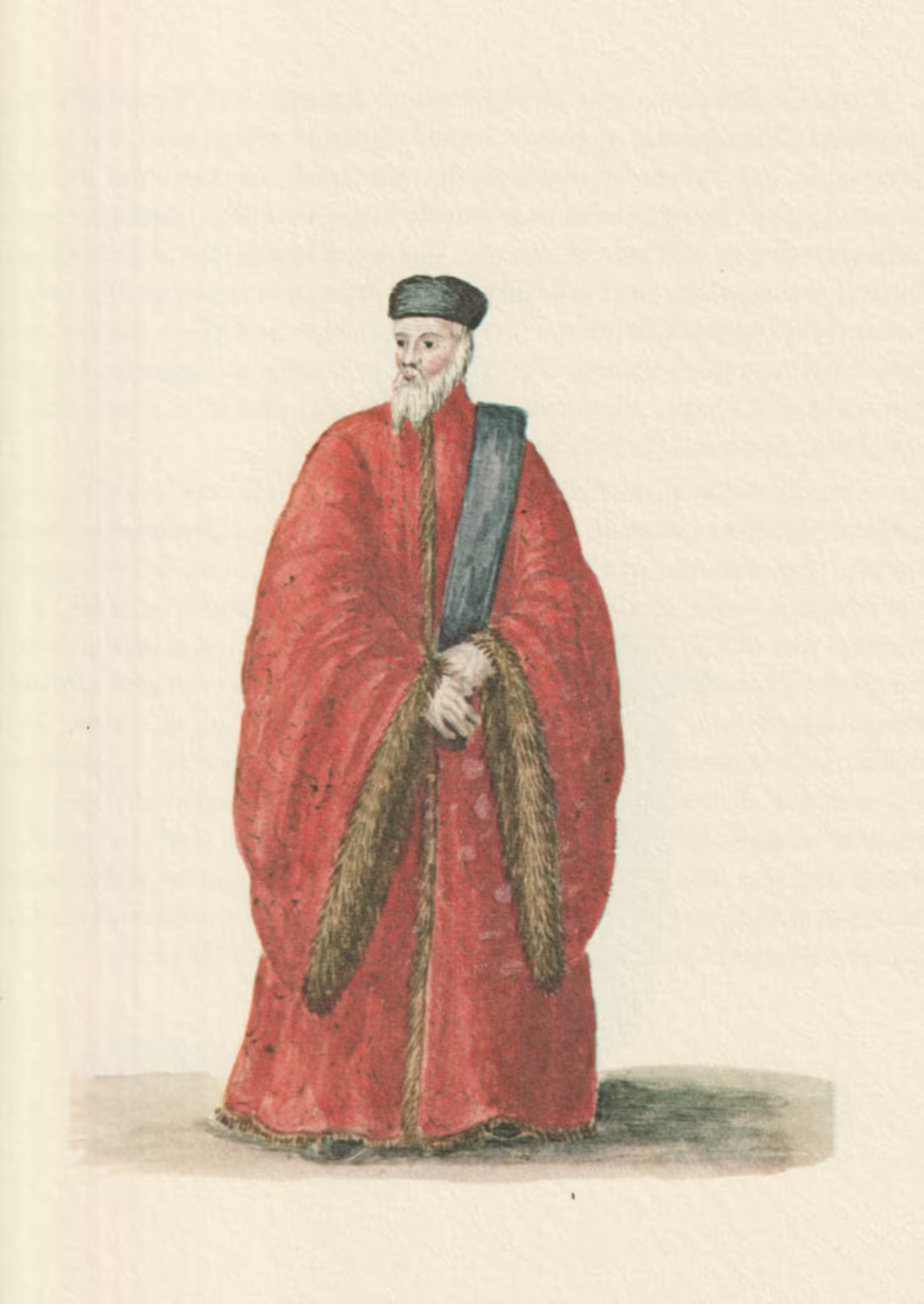
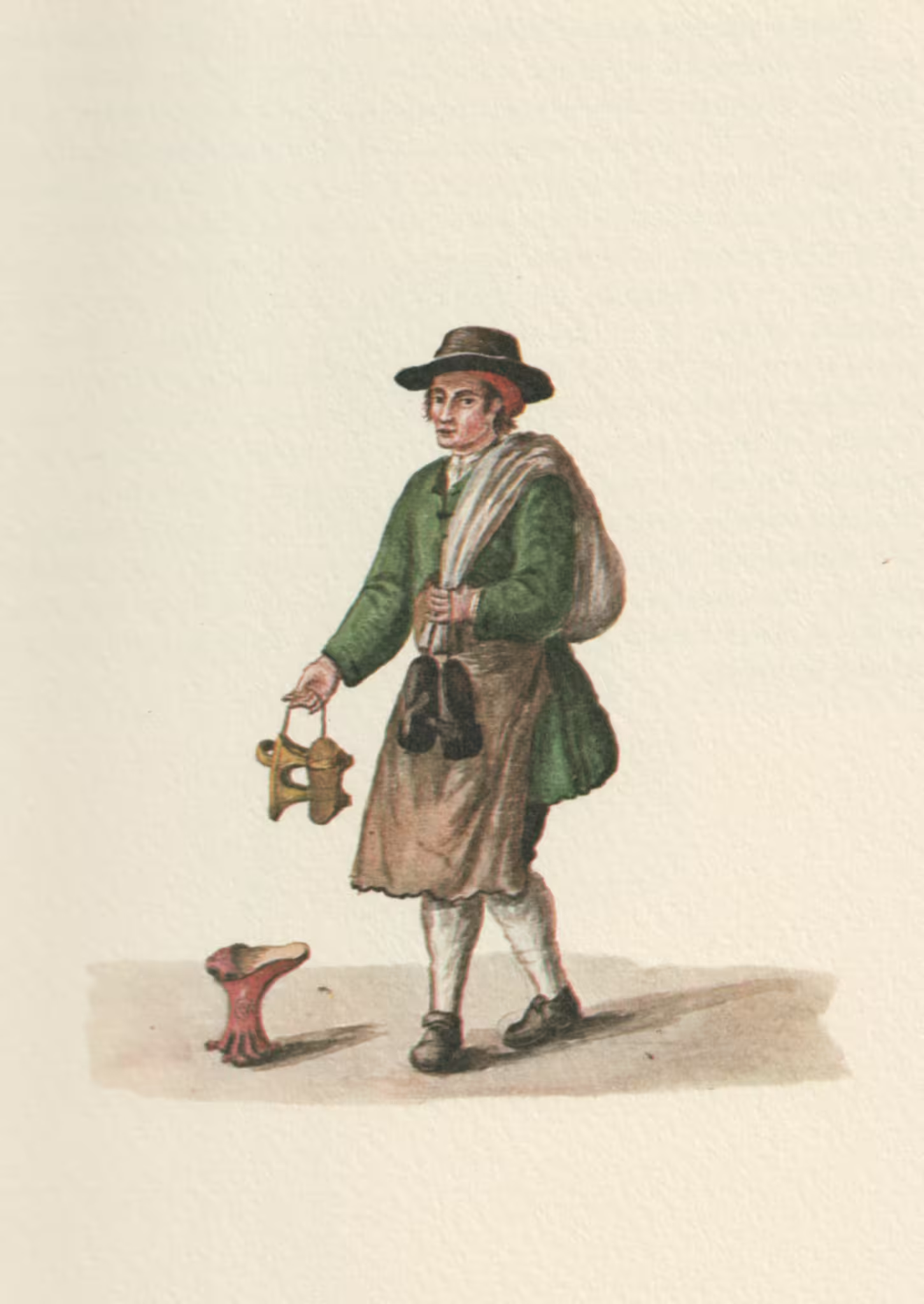
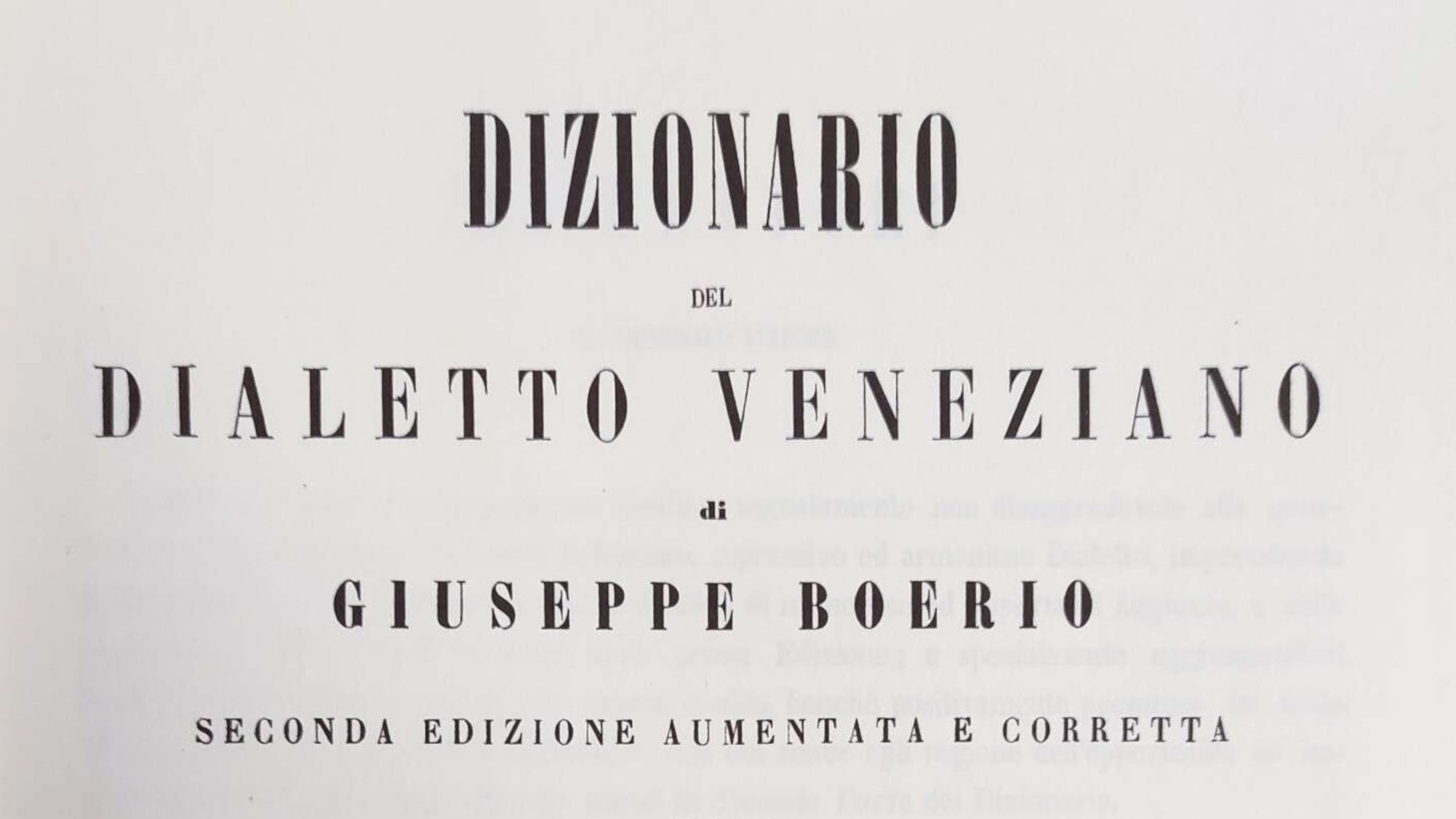
Leave a Reply